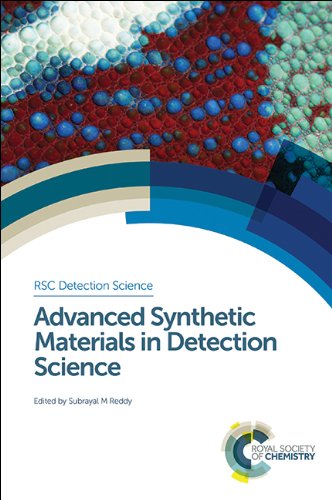

Most ebook files are in PDF format, so you can easily read them using various software such as Foxit Reader or directly on the Google Chrome browser.
Some ebook files are released by publishers in other formats such as .awz, .mobi, .epub, .fb2, etc. You may need to install specific software to read these formats on mobile/PC, such as Calibre.
Please read the tutorial at this link: https://ebookbell.com/faq
We offer FREE conversion to the popular formats you request; however, this may take some time. Therefore, right after payment, please email us, and we will try to provide the service as quickly as possible.
For some exceptional file formats or broken links (if any), please refrain from opening any disputes. Instead, email us first, and we will try to assist within a maximum of 6 hours.
EbookBell Team

0.0
0 reviewsIn a bid to develop synthetic molecules and materials that are capable of mimicking biological recognition and function, intensive research in the fields of synthetic receptor technologies, smart materials, synthetic biology and smart indicators has been under way for the past 20-30 years. The development of synthetic receptors continues to grow rapidly. Novel molecular architectures, with ever improving selective binding properties are constantly being described, and in some cases providing much-needed physical insights into the nature of non-covalent interactions and molecular recognition. Such receptor systems are finding increasingly esoteric applications and this book captures the key developments at the synthetic receptor/biology/detection science interface.
The editor has extensive experience in applying smart materials and synthetic receptors to the development of biosensors. Reddy has developed smart, permselective and biocompatible molecularly imprinted polymers and membrane materials for the sensor/sample interface and the advancement of smart materials-based electrochemical, quartz crystal and optical sensors for medical, food and environmental applications.
Chapters demonstrate how growing disciplines such as biomimetics, synthetic receptor technologies, pattern recognition and nanotechnology are being used to develop new smart materials for diagnostic sensor and biosensor applications. Postgraduate students and researchers in academia and industry will benefit from this resourceful handbook.